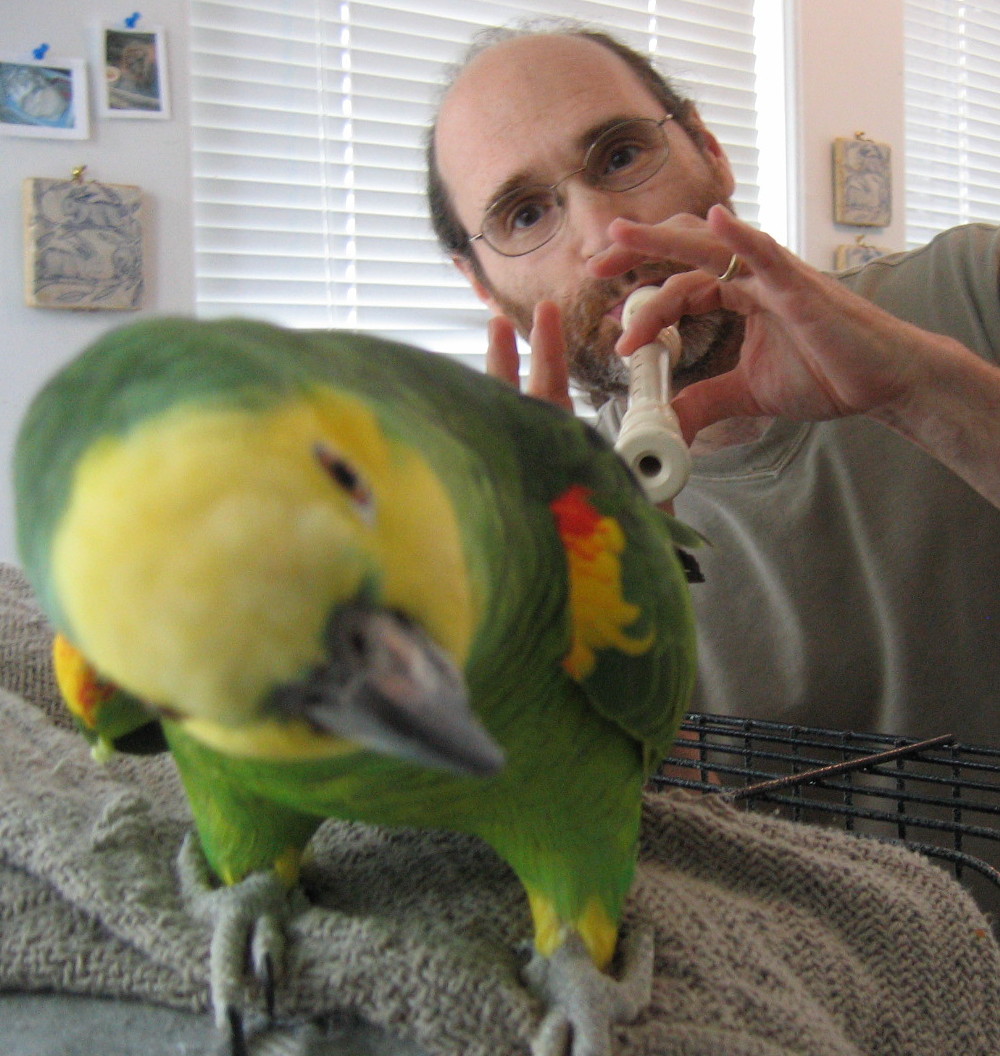Friday, July 20, 2018
FBSMC10, The Art of the Student, Video 3 and companion notes
This video has a lot of my personal journey as a student and what my methods were. Now, if some of these methods, attitudes and sentiments inspire you, try them out to discover your own. In the beginning of student life or young player life, 'watch and do' is so important and natural isn't it? This is something that can be with us our whole playing career but it obviously will change as we develop our own relationship with the instrument and music.
As a student develops, their automatic systems (first overlay or habit life) get printed or hardwired. Certain things become more automatic leaving room for other concepts and techniques to come into play. It's like a juggler who starts with one object to juggle then two, three, four and so on. This brings up the importance of practicing things gradually. Working on different aspects of playing gradually will encourage better playing habits (first overlay), and to grow with less stress physically (first overlay), and mentally (second overlay).*
Remember everyone has aptitudes that are more developed or less developed all existing at one time! Certain things a student will catch on to easier than others things. This is natural and is the case for EVERYBODY. The fact of this should help the myths that can grow in students' mind, for example: "That person is a natural." That might be true, but they might not be a 'natural' in all areas of playing and music. Even the naturals still need to practice.
Link to Video 3. https://youtu.be/eGPAi4pFums
* The Overlay System has been brought up many times throughout the entire FBSMC series. There are 3 basic overlays in the Overlay System and they are:
First Overlay: Automatic Robotic Systems (physical machine life, vehicle)
Second Overlay: Skill and Choice (mental life, the driver)
Third Overlay: Integration and Art (purpose life, the destination)
This is the first basic understanding of the Overlay System. It goes very deep into the whole of human life.
Subscribe to:
Post Comments (Atom)

No comments:
Post a Comment